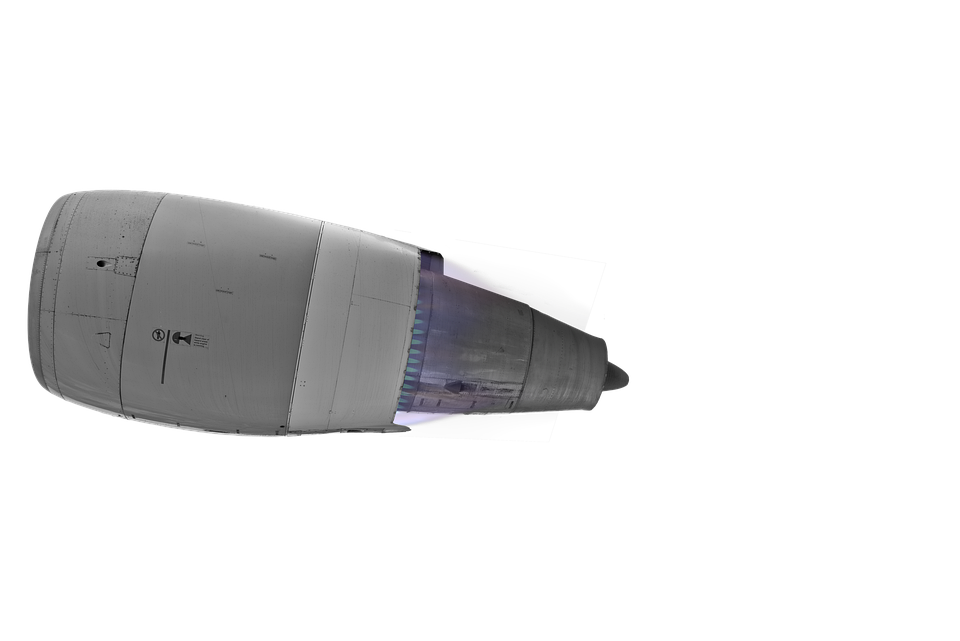Getting Started with Flutter for Web Development: A Comprehensive Guide
Flutter is a popular open-source UI development framework developed by Google. Initially, Flutter was primarily used for mobile app development, but with the introduction of Flutter for web, developers can now build web applications using the same codebase they use for mobile apps. In this comprehensive guide, we will explore the basics of Flutter for web development and provide step-by-step instructions to help you get started.
Why Choose Flutter for Web Development?
1. Single Codebase: One of the biggest advantages of using Flutter for web development is that you can write a single codebase that works across multiple platforms, including web, mobile, and desktop. This saves time and effort by eliminating the need to write separate code for each platform.
2. Fast Development: Flutter offers a hot-reload feature, which allows developers to see the changes they make in real-time without rebuilding the entire application. This significantly speeds up the development process and makes it easier to iterate and experiment with designs.
3. Rich UI: Flutter provides a set of pre-built widgets that can be customized to create beautiful and responsive user interfaces. With Flutter, you have full control over every pixel on the screen, allowing you to create visually stunning web applications.
Getting Started with Flutter for Web Development
1. Install Flutter: To get started with Flutter for web development, you first need to install Flutter on your machine. Flutter supports multiple operating systems, including Windows, macOS, and Linux. Visit the Flutter website and follow the installation instructions for your specific operating system.
2. Set up your IDE: Flutter works with a variety of Integrated Development Environments (IDEs), including Visual Studio Code, Android Studio, and IntelliJ IDEA. Choose an IDE that you are comfortable with and install the Flutter and Dart plugins. These plugins provide features like code completion, debugging, and project management specific to Flutter.
3. Create a new Flutter project: Once your IDE is set up, you can create a new Flutter project. Open your IDE and select the option to create a new Flutter project. Choose a project name and location, and the IDE will generate the necessary files and folder structure for your project.
4. Configure your project for web: By default, Flutter projects are set up for mobile app development. To enable web support, you need to modify the project configuration. Open the “pubspec.yaml” file in your project and add the following lines under the “flutter” section:
“`
flutter:
assets:
– web/
“`
Save the file, and your project is now configured for web development.
5. Run your project on the web: To run your Flutter project on the web, use the following command in the terminal:
“`
flutter run -d chrome
“`
This command will launch your web application in a new Chrome browser window. Any changes you make to the code will be automatically reflected in the browser thanks to the hot-reload feature.
6. Build a web UI: Now that your project is up and running, it’s time to start building your web UI. Flutter uses a widget-based approach to building user interfaces. Widgets are the building blocks of your application, and you can compose them to create complex UIs. Flutter provides a wide range of pre-built widgets that you can use, such as buttons, text fields, and containers.
To create a basic web UI, open the “lib/main.dart” file in your project. Remove the default code and replace it with the following:
“`dart
import ‘package:flutter/material.dart’;
void main() {
runApp(MyApp());
}
class MyApp extends StatelessWidget {
@override
Widget build(BuildContext context) {
return MaterialApp(
home: Scaffold(
appBar: AppBar(
title: Text(‘Flutter for Web’),
),
body: Center(
child: Text(‘Welcome to Flutter for Web!’),
),
),
);
}
}
“`
Save the file, and you will see the changes reflected in the browser. You have now created a simple web application with Flutter.
7. Customize your web UI: Flutter allows you to customize your web UI using various properties and styles. You can change the background color, font style, and layout of your widgets by modifying their properties. Experiment with different widgets and properties to create a unique and visually appealing web UI.
8. Test on multiple devices and screen sizes: Flutter for web supports responsive design, allowing your web application to adapt to different screen sizes and orientations. Use the Chrome developer tools to test your web application on various devices and screen resolutions. You can also use the Flutter Layout Explorer tool to visualize and debug the layout of your web UI.
9. Deploy your web application: Once you have developed and tested your web application, it’s time to deploy it. Flutter for web applications can be deployed to any web server or hosting platform that supports static websites. Build your Flutter web application using the following command:
“`
flutter build web
“`
This command will generate optimized static files for your web application in the “build/web” directory. You can then upload these files to your preferred hosting platform or server.
Conclusion
Flutter for web development provides a powerful and efficient way to build web applications using a single codebase. With its fast development cycle, rich UI capabilities, and cross-platform compatibility, Flutter is becoming increasingly popular among web developers. By following this comprehensive guide, you can quickly get started with Flutter for web development and create stunning web applications. Happy coding!




